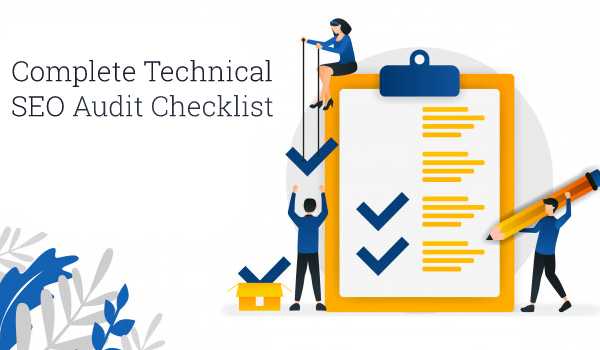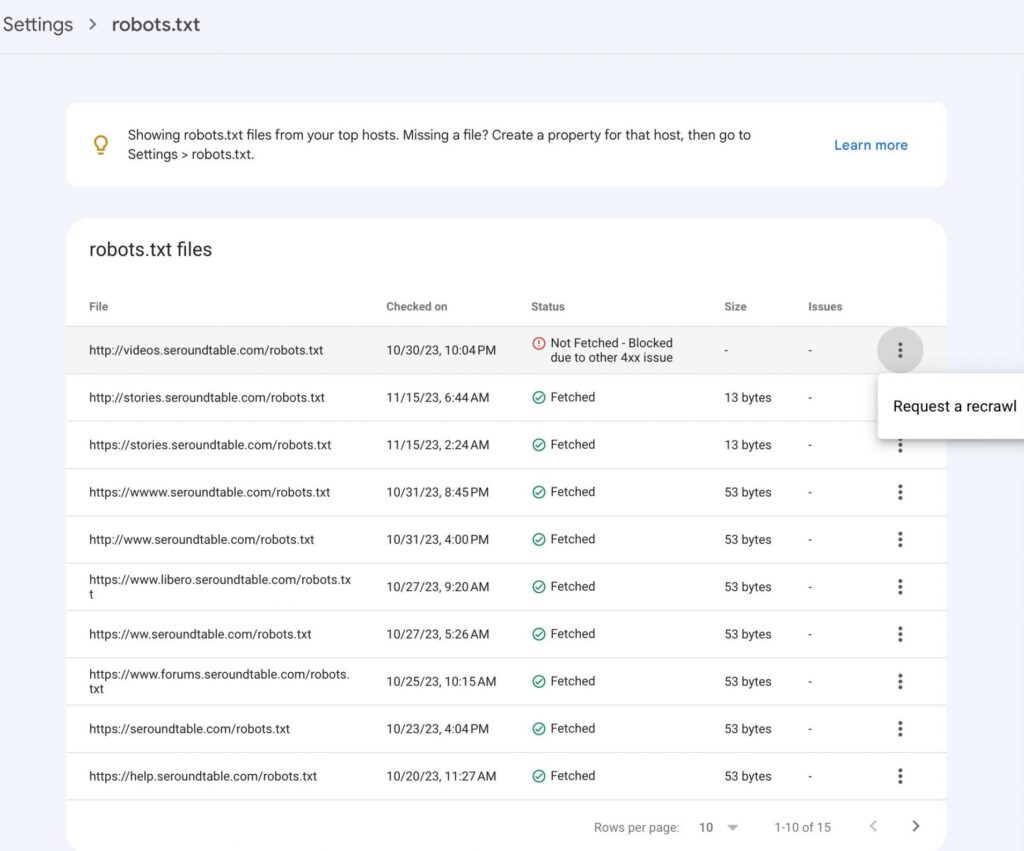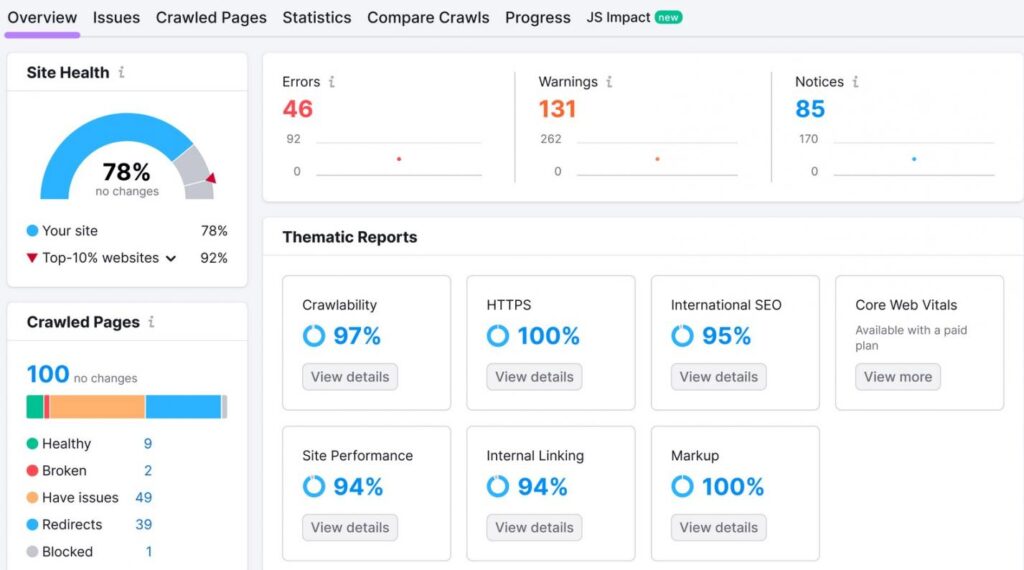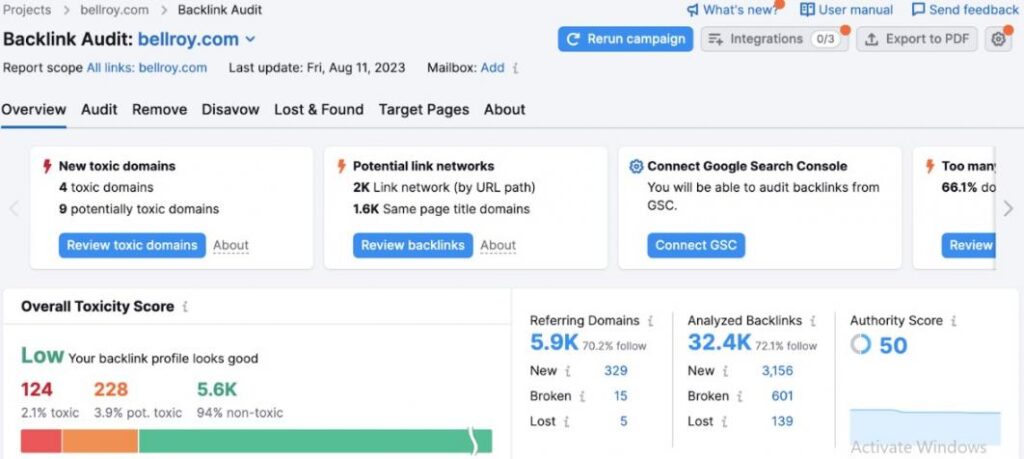Email: info@boostrankers.com


In 2025, SEO is more competitive than ever, and if you want to rank on the first page of Google, a thorough SEO audit is essential. Search engines constantly update their algorithms, so your website needs to stay optimized, fast, and user-friendly.
To help you identify and fix SEO issues, we’ve created the ultimate 13-step SEO audit checklist that ensures your site is fully optimized for higher rankings, better user experience, and more organic traffic.
If search engines can’t find or read your website, it won’t rank—no matter how great your content is.
✅ Use Google Search Console to check for indexing errors.
✅ Look for crawl errors in the Coverage Report.
✅ Ensure your robots.txt file and meta tags aren’t blocking important pages.

A slow website kills rankings and conversions.
✅ Test your site speed using Google PageSpeed Insights.
✅ Optimize Largest Contentful Paint (LCP), Cumulative Layout Shift (CLS), and First Input Delay (FID).
✅ Enable lazy loading, compress images, and use a content delivery network (CDN).
With Google’s mobile-first indexing, your site must be fully responsive.
✅ Check your site with Google’s Mobile-Friendly Test.
✅ Optimize for touchscreen navigation and make sure fonts are readable.
✅ Ensure buttons and links are easy to tap.
Broken links hurt both SEO and user experience.
✅ Scan your site with Ahrefs, Screaming Frog, or Google Search Console.
✅ Fix or remove 404 errors.
✅ Implement 301 redirects for outdated pages.

Your title tags, meta descriptions, and header tags should be optimized for keywords.
✅ Write click-worthy, keyword-rich title tags (under 60 characters).
✅ Add compelling meta descriptions (under 160 characters).
✅ Use H1, H2, and H3 tags to structure your content properly.
Content is king, but only if it’s high-quality, valuable, and optimized.
✅ Use long-tail keywords naturally (avoid keyword stuffing).
✅ Optimize for semantic SEO and LSI (Latent Semantic Indexing) keywords.
✅ Ensure content is original, engaging, and solves user intent.
If you have a local business, optimizing for local searches is a game-changer.
✅ Claim & optimize your Google My Business (GMB) listing.
✅ Ensure NAP (Name, Address, Phone number) consistency across the web.
✅ Get listed in local directories and encourage customer reviews.
Backlinks remain a top ranking factor in 2025.
✅ Earn authoritative links from relevant, high-DA websites.
✅ Use guest posting, HARO, and PR outreach to gain backlinks.
✅ Monitor your backlink profile with tools like Ahrefs or SEMrush.

Google favors sites with low bounce rates and high engagement.
✅ Improve site navigation and readability.
✅ Add internal links to keep visitors engaged.
✅ Use interactive content like videos, quizzes, and infographics.
Security impacts both rankings and user trust.
✅ Ensure your site has an SSL certificate (HTTPS).
✅ Protect against malware and hacking attempts.
✅ Keep your plugins and CMS updated.
Optimized images improve site speed and search visibility.
✅ Compress images using TinyPNG or ShortPixel.
✅ Use descriptive alt text with keywords.
✅ Implement next-gen formats like WebP for faster loading.
A well-structured sitemap helps search engines discover your pages.
✅ Generate an XML sitemap using Yoast SEO or Rank Math.
✅ Submit it to Google Search Console.
✅ Ensure all important pages are included and crawlable.
Schema markup helps enhance rich snippets and increase CTR.
✅ Implement schema for reviews, FAQs, and product pages.
✅ Use Google’s Structured Data Testing Tool to validate markup.
✅ Improve voice search SEO with structured data.
Lorem ipsum dolor sit amet, consectetur adipiscing elit. Ut elit tellus, luctus nec ullamcorper mattis, pulvinar dapibus leo.
Click edit button to change this text. Lorem ipsum dolor sit amet, consectetur adipiscing elit

